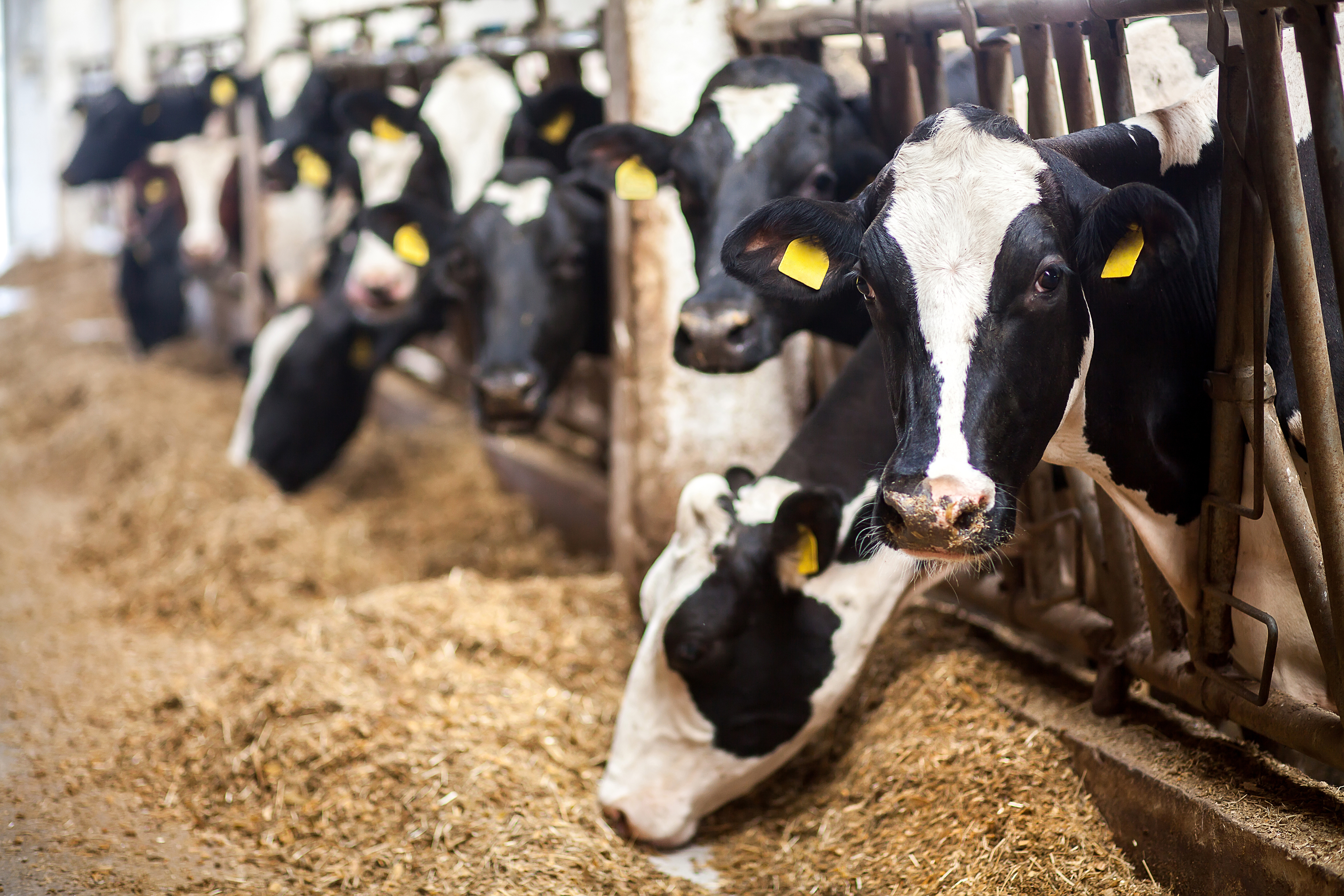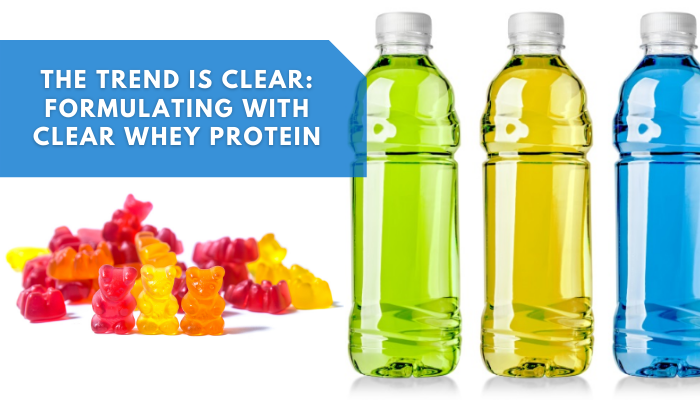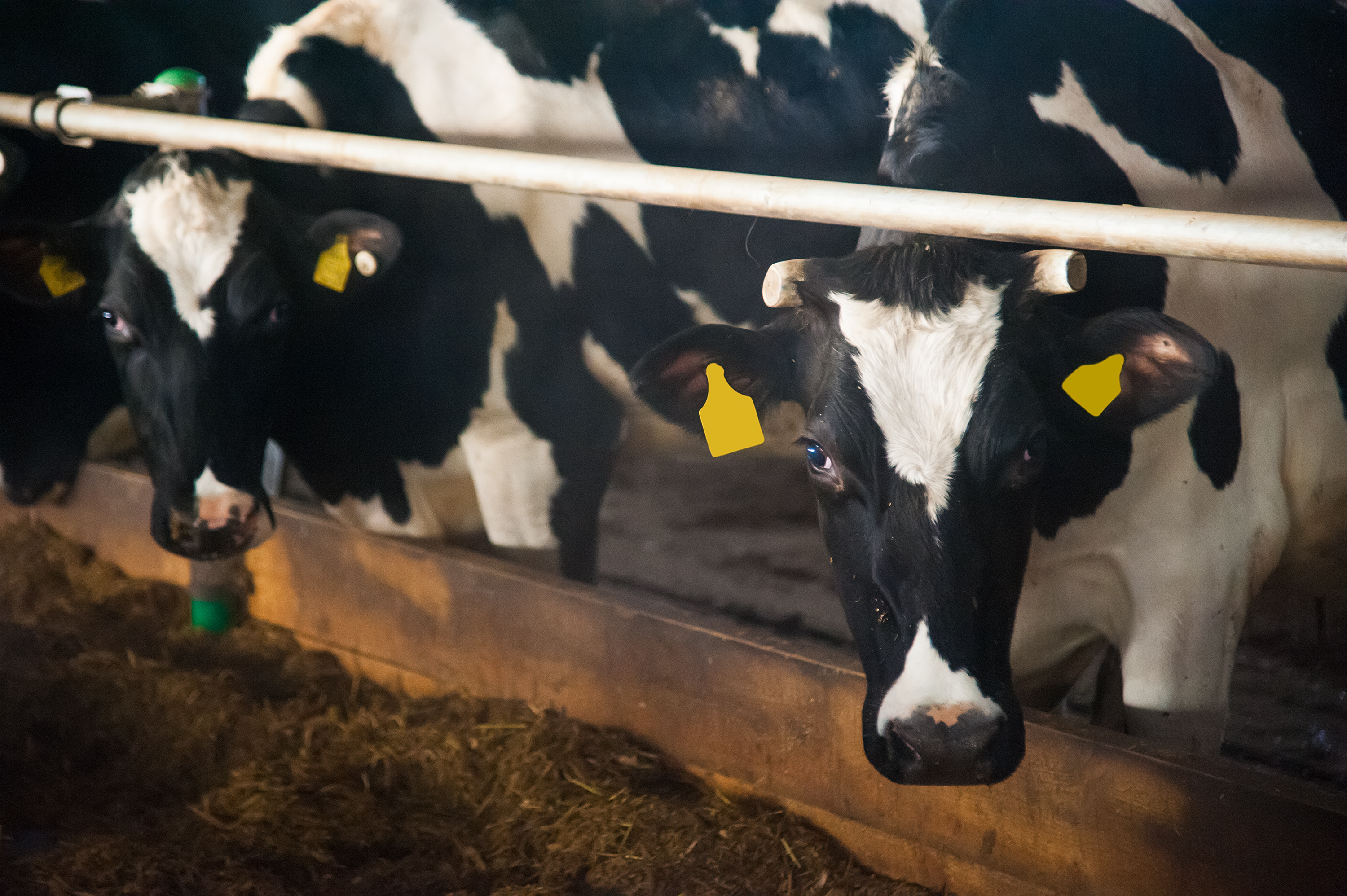WHEY CAN INCREASE PROTEIN LEVELS WITHOUT NEGATIVELY IMPACTING OVERALL DIETARY INTAKE IN OLDER ADULTS
Posted by Lindsey Ormond, Director of Research & Development on Dec 23, 2021 9:39:07 AM
Sarcopenia – the loss of muscle mass and strength that occurs naturally with aging – can be mitigated by ensuring sufficient protein intake. Reducing the rate of muscle loss is a key factor for maintaining a free and active lifestyle in the advancing years. However, since protein is the most satiating nutrient and appetite diminishes with age, it could be supposed that adding more protein to the diet could lead to an overall reduction in calorie and nutrient intake at a time when they are critical.
Read MoreTopics: HUMAN NUTRITION
FEEDING RUMEN-BYPASS METHIONINE IN TRANSITION AND EARLY LACTATION COWS
Posted by Richard Shepardson, M.S. on Dec 8, 2021 12:25:17 PM
Topics: ANIMAL NUTRITION
Topics: ANIMAL NUTRITION
LACTOFERRIN’S ROLE IN IMMUNE SUPPORT
Posted by Lindsey Ormond, Director of Research & Development on May 6, 2021 3:28:40 PM
Topics: HUMAN NUTRITION
MAXIMIZING MILK FAT WITH DE NOVO FATTY ACIDS
Posted by Richard Shepardson, M.S. and Matthew Sellers, Ph.D on Nov 12, 2020 11:09:15 AM
Maximizing milk fat is an important key to profitability on dairy farms. Milk fat is derived from two sources – de novo fatty acids (FA), which are synthesized directly in the mammary gland from short-chain FA, also known as volatile FA, and preformed FA that are transferred to the mammary gland directly from plasma and originate primarily from the diet. Recent research has shown that increasing de novo FA concentrations in milk is correlated with increases in overall milk fat concentration. There are many ways in which a farm can promote high de novo FA concentration in their herd including forage management, providing fresh and well-mixed feed, improving rumen health, and other nutrition and management strategies. Dairies looking to improve or maintain their bulk tank fat test should consider assessing and implementing this on farm.
Read MoreTopics: ANIMAL NUTRITION
Alpha-lactalbumin: Enabling Higher Quality Infant Formula
Posted by Research & Development on Nov 6, 2020 11:05:23 AM
Breastfeeding is recommended by the World Health Organization as the best option for the developing infant1. Where breastfeeding is not possible, infant formulas provide a nutritious substitute, with advances in technology enabling more sophisticated formulas to be produced.
Both human and bovine milk are complex matrices of nutrients and bioactive compounds, developed by nature to support growth and development. The protein in both human and bovine milk is composed of two main types: whey and casein, although the ratio of these varies between species; from 60:40 whey:casein in mature human milk, to 20:80 in cows’ milk. Both types of proteins are high quality, meaning they have an excellent essential amino acid profile that is well digested and absorbed by the body.
Read MoreTopics: HUMAN NUTRITION
ON FARM NECROPSY: 3 KEY ELEMENTS OF A MISSED OPPORTUNITY
Posted by Elizabeth Marvel on Oct 12, 2020 7:00:00 AM
Unfortunately, mortality is a reality we must face when raising milk fed calves. Necropsy is a post-mortem evaluation done to assess the cause of death. Many people believe necropsies are only performed to determine cause of death, but there are additional insights we can gain from this procedure. With on farm necropsy, we can gain insight on how well the overall operation is performing.
There are three key elements to focus on when performing a necropsy on milk fed calves that can be used to evaluate potential management opportunities.
Read More
Topics: ANIMAL NUTRITION
FORMULATING WITH CLEAR WHEY PROTEIN
Posted by Jennifer Roberts, R&D Product Development Scientist on Sep 22, 2020 9:13:21 AM
Protein products have dominated store shelves for several years now – everything from protein bars to shakes, chips to baking mixes. Protein, specifically proteins from milk, have been shown to reduce risk factors for cardiovascular disease1 and improve overall satiety2. They’re also great for muscle recovery, on-the-go nutrition, and create functional benefits for a multitude of food categories. So, what is driving innovation in this market? Clear proteins. These proteins are capable of fortifying new categories of functional foods. They can be utilized at a range of concentrations, processes, and provide a clean and fresh flavor. In this blog, we’ll explore the benefits of clear whey proteins, how to use them, important formulation and processing considerations, and highlight PRObev™, our award-winning protein that is a leader in the clear protein category.
Read MoreTopics: HUMAN NUTRITION
HIGH PURITY FAT SUPPLEMENTS AND THEIR IMPACT ON DIGESTIBILITY
Posted by Richard Shepardson, M.S. and Matthew Sellers, Ph.D on Sep 13, 2020 4:30:00 PM
Commercial fat supplements for dairy cows containing varying ratios of palmitic (PA; C16:0), stearic (SA; C18:0), and oleic acids (OA; C18:1) are common in modern lactating dairy rations. Some commercial supplements contain a blend of multiple fatty acids (e.g. PA + OA, PA + SA), whereas other supplements may be highly enriched in just a single fatty acid (FA). The profile of a supplement largely impacts FA digestibility. Recent research reports that supplemental fats that are highly enriched (>90%) in either PA or SA have very low digestibility compared to supplements that are of moderate (~80-85%) or low enrichment (<60% of a particular FA). When choosing a supplemental fat feeding strategy, FA profile should be taken into account in order to maintain adequate digestibility and thereby maximize return on investment.
Read MoreTopics: ANIMAL NUTRITION
IS IT OKAY FOR THE GRAIN BUCKET TO BE EMPTY?
Posted by Milk Specialties Technical Experts on Sep 3, 2020 12:45:43 PM
Before we answer if it is okay for the grain bucket to be empty, let us go over the importance of starter intake for pre-weaned calves. Pre-weaned dairy calves need starter grain to initiate rumen development. Bacteria in the rumen begin to utilize nutrients from the starter grain and produce volatile fatty acids that assist with rumen development and feed intakes. To maximize starter grain consumption, it is essential to understand how much calves will eat and what factors might impede consumption of starter grain.
Read MoreTopics: ANIMAL NUTRITION










